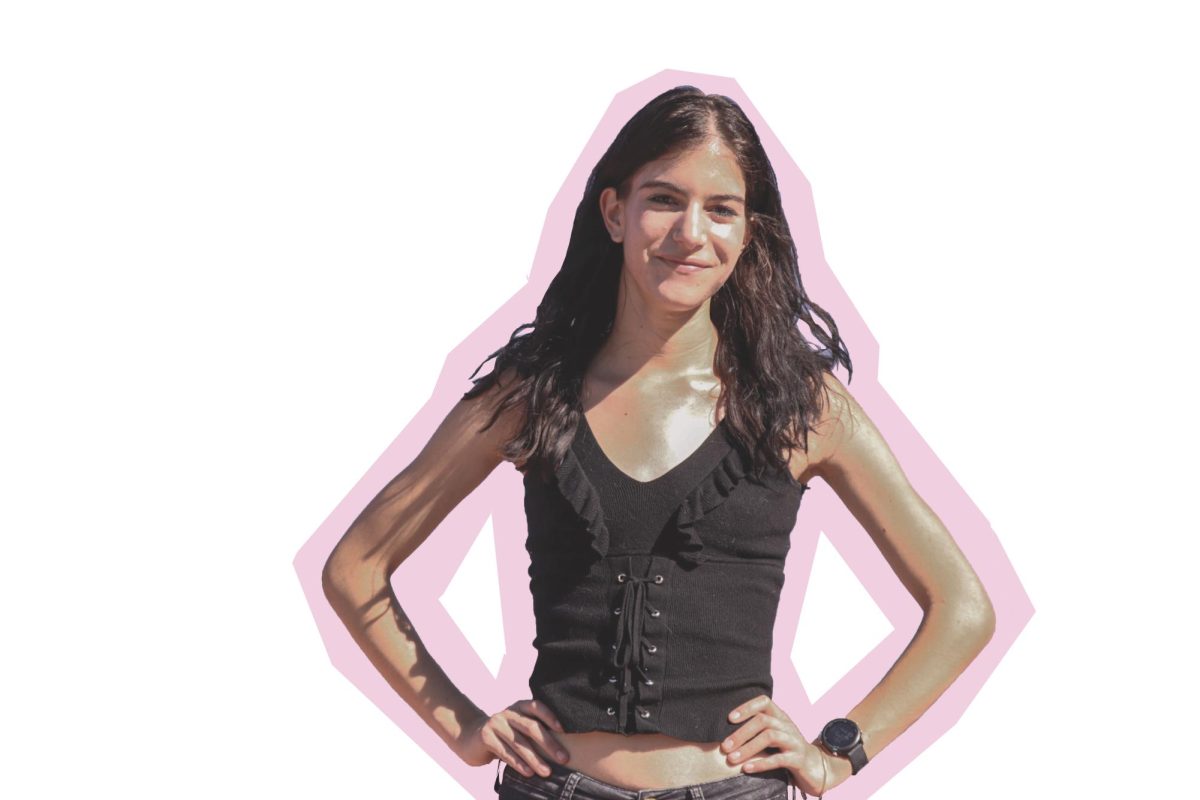At the beginning of every school year, many new students walk into classes, scanning the room for anyone they might know or want to know. Clothing and appearance can influence these first impressions. At Paly, like at most schools, students have a story intertwined in all that thread.
According to The Journal of Experimental Social Psychology, the term “enclothed cognition” illustrates the psychological impacts that clothes have people. Clothing affects human cognition, the process of acquiring an understanding through thought and experience.
In simpler terms, what people wear can influence how they feel and think. For example, wearing a suit can make someone feel more formal and more confident.
Regardless of how clothing makes a person feel, sophomore Kae Huang said a person’s clothing also sends a message to others since it’s one of the most important factors in regards to first impressions.
“Style is important because that’s how people see you at first, and it’s your way of expressing yourself,” Huang said. “It’s not that easy to talk to everyone, so style is (how you make) a good first impression.”
Senior Kyle Vetter said style also reflects someone’s personality and can tell a story of who they are to others. While styles are about the individual, there are many factors that influence these styles, including culture, sports and the environment.
Vetter said his individual, androgynous style takes inspiration from 1970s rockstar David Bowie.
“He was very big into counterculture, and by wearing similar styles to his, I feel a lot more connected to that idea,” Vetter said. “Aside from our personal enjoyment, (style) is also indicative of our values and beliefs.”
Vetter said many students who express themselves through clothing find the majority of their clothing through thrifting.
However, some students, such as freshman Maggie Crady, take it a step further and upcycle thrifted clothes, creatively reusing materials to give it new use.
“I don’t buy clothes other than thrifting and sewing my own clothes,” Crady said. “While I don’t usually (sew) full articles of clothing, I’ll usually upcycle or crop them.”
Huang said he shares a similar passion, and said he enjoyed making many of his outfits.
“I’ve made bags, and I’ve combined pants and added unique pockets and designs, too,” Huang said.
At the end of the day, no matter where students get their outfits or how they choose to appear, those like senior and cross country runner Allie Difede find styles that make them feel self-assured. Difede said her outfits come from clothing articles that give her confidence.
“My style is a mix of ‘90s fashion and early 2000s as well as current fashion trends,” Difede said. “These outfits are important to me because it makes me more confident in myself, and having confidence in yourself helps you in other aspects of your life.”
Junior Stefan Sochacki said confidence and comfort are common themes in students’ diverse styles. He also said some might describe his style as ‘beach-boy preppy.’ Sochacki wears flip flops as often as he can, and while some might think it goes against social norms and fashion, Sochacki said he doesn’t care how others label his style. He wears what he feels good in.
“I dress up in what feels most comfortable to me and what I think looks good,” Sochacki said. “I don’t care what people think about me. I’m just wearing what I want to wear.”
Whether people are dressing for themselves or others, first impressions are made.
“Everything has a meaning behind it, and it has a way of expressing yourself,” Huang said. “Wear what you want to wear, and as long as you’re happy with what you wear, that’s all that matters.”


